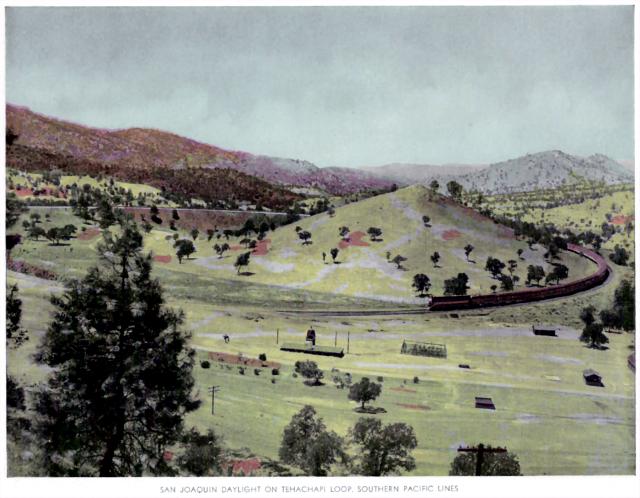For CalDOT, the only outfit that can make the San Fran - LA overnight service happen, there are several other more pressing projects that need funding improvement before it plunges into the complexities of running a Sleeper train and what not. That is why we may wait quite a while more.
With the HSR line under construction, I can't see CalTrans pursuing or having any interest in leasing equipment and starting up an overnight SF-LA service with sleeper cars. Once a LA to SF HSR line opens with a circa 3 hour trip time, it will very quickly kill any end to end LA <-> SF market for a overnight sleeper service. Why make the investment and effort, given how long it takes to get anything started?(see Coast Daylight)
A Coast Daylight can survive or even add an additional (daytime) frequency as it provides service to the towns on the coast between LA and SF and becomes a feeder line to the HSR system to those traveling to stops on the HSR system & for that matter, the expanding transit systems in the Bay Area and LA.




